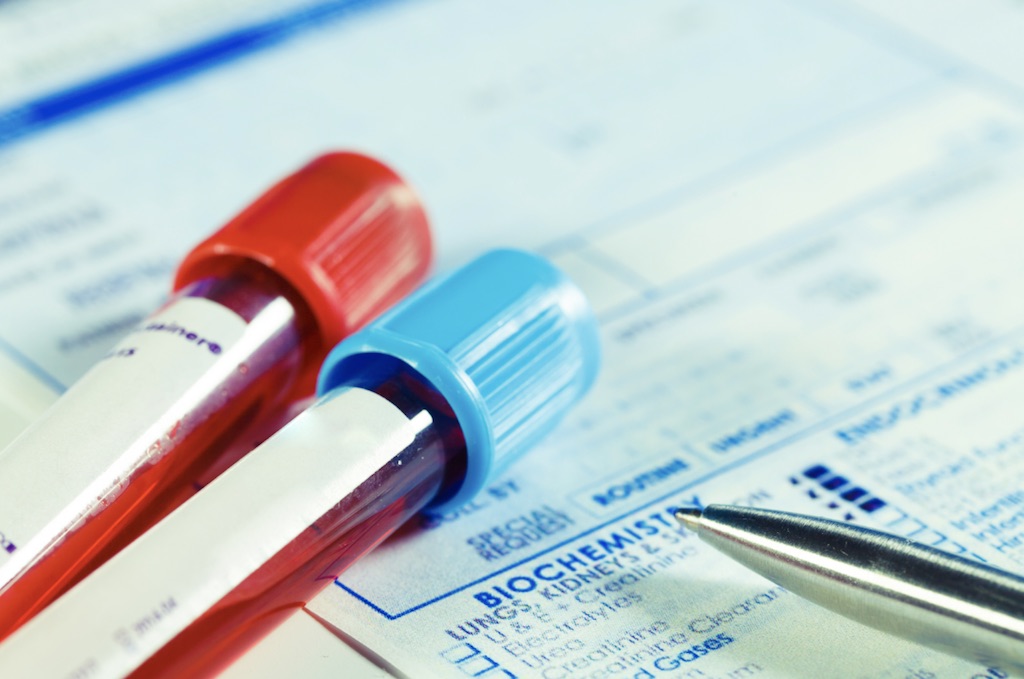How is prediabetes, or borderline diabetes, diagnosed?
Medically reviewed by Dr Sultan Linjawi, Endocrinologist & Diabetes Specialist — December 2025
Prediabetes (or borderline diabetes) means your blood glucose levels are higher than normal but not high enough to be called diabetes. Many people only discover they have prediabetes by chance on a routine blood test, yet early diagnosis is one of the most powerful tools to prevent type 2 diabetes.
This guide explains exactly how prediabetes is diagnosed, what the numbers mean, and how often you should be tested. It also links you to practical next steps, including prevention strategies and tools that help you understand your personal risk.
Why Prediabetes Is Often Found by Chance
Most people with prediabetes feel completely well. That’s why the most common “symptom” is nothing at all. Prediabetes is frequently picked up when:
- Your doctor orders a “routine” blood test for another reason
- You’re being checked for high blood pressure, cholesterol, or weight gain
- You’re pregnant or planning pregnancy
- You have a strong family history of type 2 diabetes
Even though prediabetes doesn’t always cause obvious symptoms, damage can still be happening quietly in the background. That’s why formal testing using standardised criteria is so important.
If you’d like to understand what prediabetes actually is, you may want to read: What is Prediabetes?
Key Blood Tests Used to Diagnose Prediabetes
Doctors usually use one or more of the following tests:
- Fasting plasma glucose (FPG) – blood test after an overnight fast
- Oral glucose tolerance test (OGTT) – fasting blood test, then a sugary drink (75 g glucose), then another blood test 2 hours later
- HbA1c (glycated haemoglobin) – reflects your average blood glucose levels over the last 2–3 months
- Random glucose – taken at any time; mainly used to look for overt diabetes
Depending on your results, you may be told you have impaired fasting glucose (IFG), impaired glucose tolerance (IGT), or an elevated HbA1c in the “prediabetes” range.
What Do the Numbers Mean?
Although exact cut-off values can vary slightly between guidelines and countries, the ranges below are commonly used for prediabetes:
| Test | Prediabetes (mmol/L) | Prediabetes (mg/dL) |
|---|---|---|
| Impaired Fasting Glucose (IFG) | 5.5–6.9 | 100–125 |
| Impaired Glucose Tolerance (IGT) (2-hour value after OGTT) |
7.8–11.0 | 140–199 |
Many people with prediabetes have:
- High fasting glucose, or
- High 2-hour glucose after the sugar drink, or
- Both fasting and 2-hour glucose in the abnormal range.
These patterns give extra information about how your body is handling glucose and how advanced insulin resistance may be. If you’d like to understand what drives these changes, see: What is insulin resistance?
The Role and Limits of HbA1c
HbA1c reflects your average blood glucose level over about three months. It is very useful for monitoring risk over time, but it has some limitations:
- It can be less accurate in some ethnic groups
- It may be affected by anaemia or certain blood disorders
- It can under- or over-estimate risk in some individuals
Typical HbA1c ranges are:
- Below 5.7% – usually considered normal
- 5.7–6.4% – often considered prediabetes
- 6.5% or higher (on repeat testing) – diabetes
Because of these limitations, diagnosis should not rely on HbA1c alone. A combination of fasting glucose, OGTT, and HbA1c often gives the most accurate picture. You can read more about HbA1c here: HbA1c test and type 2 diabetes
Who Should Be Tested — and How Often?
Most expert guidelines recommend testing if you:
- Are aged 45 or older
- Carry extra weight around your waist
- Have a family history of type 2 diabetes
- Have high blood pressure or abnormal cholesterol
- Had gestational diabetes or a large baby in a previous pregnancy
- Belong to a higher-risk ethnic group
If you already have prediabetes, testing is usually recommended every 12 months, or more often if your levels are rising or you develop symptoms.
You can estimate your personal risk using our Diabetes Risk Calculator.
Next Steps After a Prediabetes Diagnosis
A diagnosis of prediabetes is not a life sentence; it is an opportunity. Many people can return their glucose levels to the normal range with timely action.
Helpful next reads:
- How is prediabetes treated?
- Prediabetes diet – what should I eat?
- How to prevent prediabetes progressing to type 2 diabetes
Join a Free Prediabetes & Insulin Resistance Webinar
If you’d like a more guided explanation of your blood tests and what to do about them, you can join a free, doctor-led online session:
Join the Prediabetes & Insulin Resistance Masterclass →
Prefer step-by-step support and updates by email? Click here to receive prediabetes tips, tools, and new resources by email.
